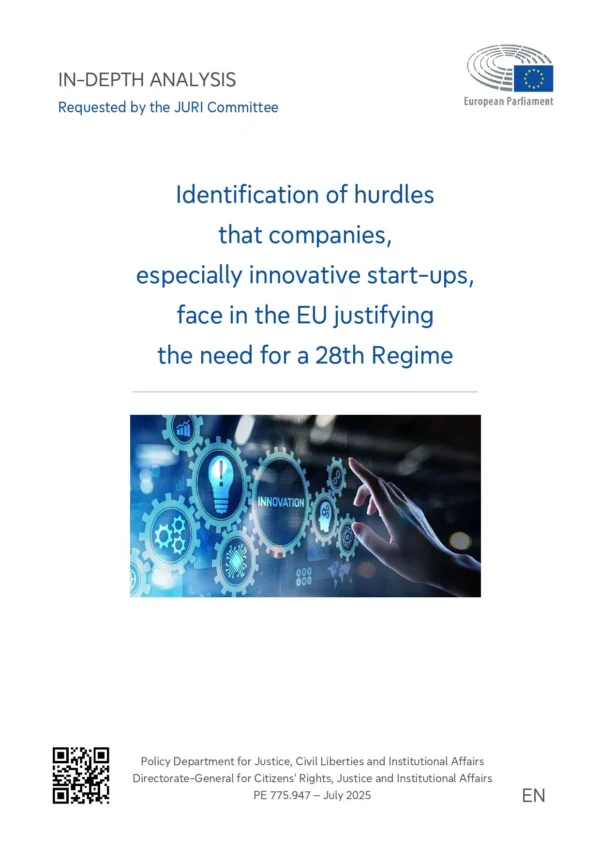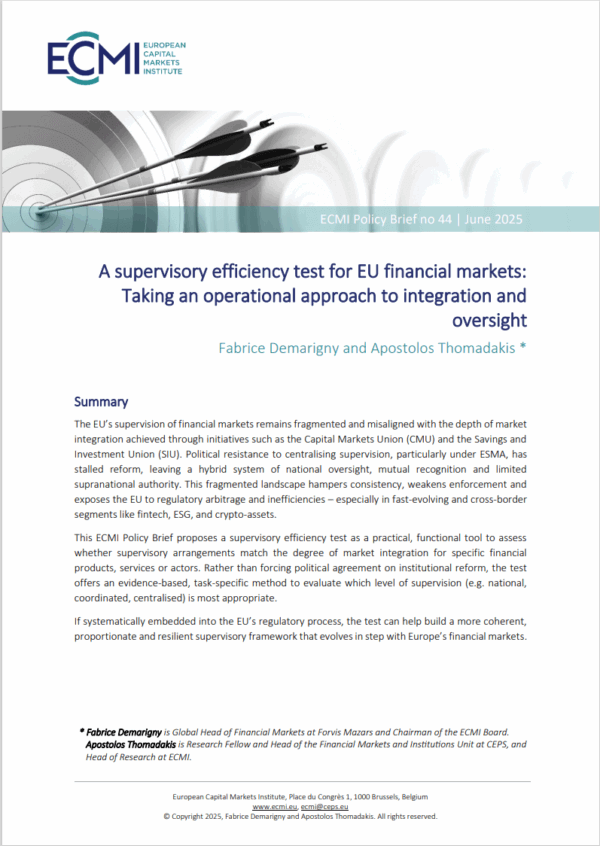The European Payment Observatory of commercial transactions (EU Payment Observatory) was launched in 2023 to monitor trends and developments on payment performance and behaviour in commercial transactions in the EU to combat late payments. Its first annual report, written in the context of the European Commission project to formally set up the Observatory, presents a comprehensive analysis of the trends in payment behaviour in commercial transactions in the EU in the context of the efforts to combat late payments.
Specifically, it finds that the share of enterprises that indicate facing issues due to late payments slightly increased in 2022. Equally, the average payment period in B2B transactions increased from 49 to 55 days. The rising inflation during this period could be one of the explanations. As well, there is a ripple effect that causes late payments to lead to more late payments. The study also found that the percentage of on-time payments tends to decrease with the size of the company and that governments typically pay later than companies.
Nonetheless, the effects of late payments for companies in 2022 were less severe than in 2019, which might be linked to the success of Covid-19 support measures. Delayed payments caused less bankruptcies in 2022 than the four preceding years. However, they had a greater negative impact on companies’ expansion and digitalisation efforts. Late payments also affect the liquidity of companies which can prevent investment and expansions, and they can hinder digital and environmental transformation initiatives. Delayed payments contribute to financial woes and may even lead to bankruptcies.
There is no single way of tackling the issue of late payments and Member States have adopted different approaches. Most of the 139 measures were preventive and put forward by public authorities. Finally, during the research phase very relevant limitations on the late payments data across the EU were found. These limitations are even more pronounced in G2B transactions.
Factsheets:
Factsheet EU Late Payments Trends
Factsheet EU Late Payments Measures

Disclaimer: This is a report written in the context of a European Commission project to set up a European Payment Observatory. The report was originally published here. Other than the main authors listed, the report’s section on measures to combat late payments was prepared by Sose Mayiluan, Aleksander Fuksiewicz and Julia Rzepecka from EY.







